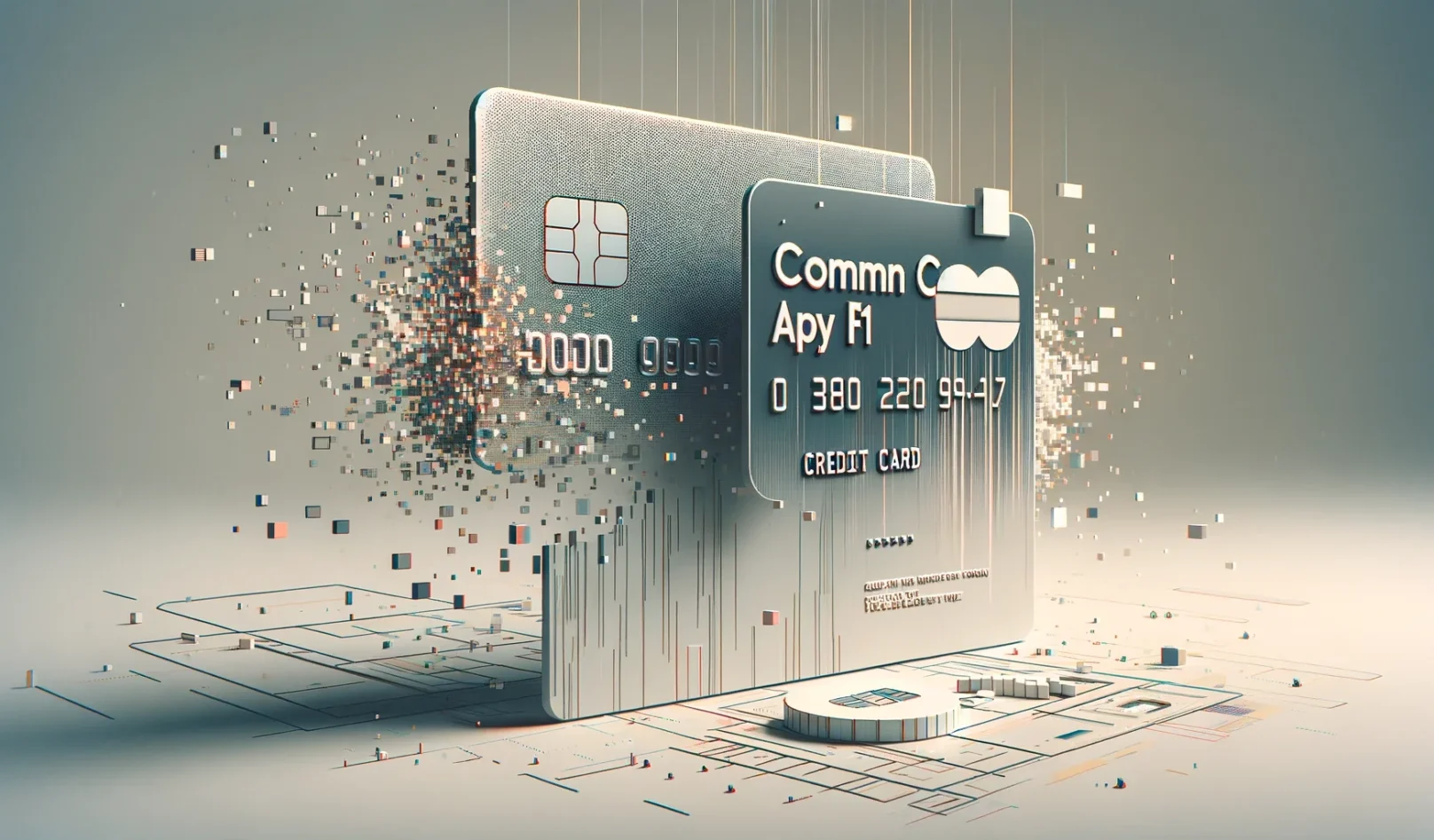
Decoding the “comn cap apy f1” Credit Card Charge
You check your credit card statement and spot an unfamiliar charge – “comn cap apy f1”. This cryptic description offers few clues about the transaction origins or meaning. Before jumping to conclusions about potential fraud, gaining insight into what these codes, specifically charge card, signify can help unravel the mystery.
Let’s explore what “comn cap apy f1” represents on billing statements and how to track down source details for peace of mind.
Breaking Down comn cap apy f1
Seen on many major credit card accounts, the “comn cap apy f1” designation actually contains multiple pieces of coded transaction metadata. Breaking it down:
- COMN – Abbreviates Comenity, referring to Comenity Capital Bank
- CAP – Indicates Capital, also referencing Comenity Capital Bank
- APY – Stands for AutoPay, denoting an automatic scheduled payment
- f1 – A reference code for the account tied to specific creditors
So at its core, this mouthful summarizes an automated Comenity Capital Bank credit card payment. But to identify the actual originating store card, we must dig into the “f1” code a bit deeper.
Matching Reference Codes to Comenity Cards
Comenity Capital Bank powers store-branded credit cards for over 120 popular retail companies. Part of Alliance Data, it specializes in customized financing programs promoting loyalty – think Victoria’s Secret, GameStop, Pottery Barn, etc.
The bank denotes each cobranded card wallet using an alphanumeric reference like “f1” tagged to transactions. Some confirmed codes include the representation of various transactions, such as purchases from Victoria’s Secret or payments related to GameStop. This may also encompass financial activities like payday loan transactions.
- VI – Victoria’s Secret
- F – Ultra retail
- AF – Ann Taylor retail network
- BR – Barnes & Noble retail
So an “comn cap apy VI” charge indicates an automatic Victoria’s Secret credit card payment. Exploring your open Comenity cards and matching active codes quickly reveals which purchase originated a vague statement entry.
Verifying Valid Charges
Isolating the proper reference code now allows calling Comenity directly to validate legitimacy if doubts still exist. Discussing transaction specifics, dates, and amounts with a representative should expose any unauthorized activity requiring formal dispute.
Comenity Bank’s customer service team assists daily with cryptic charge explanations to relieve cardholder concerns. Don’t hesitate to reach out to start a fraud investigation after checking personal records, especially if you notice unfamiliar terms such as increasing loan balance in your transaction details.
In closing, obscure statement entries like “comn cap apy f1” flow from the complicated modern retail credit infrastructure. But a bit of cracking the coded shorthand soothes confusion over its vagueness. Matching identifiers to lenders plus verifying details with issuers untangles the paper trail.
